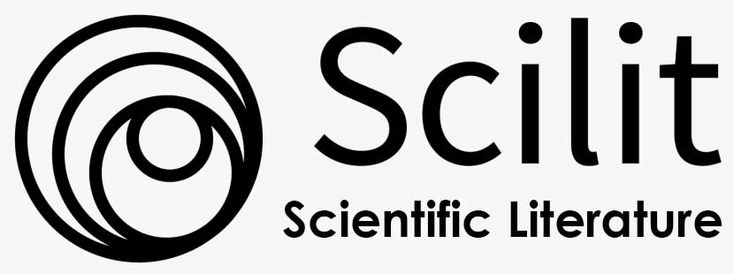PENGEREMAN REGENERATIF MOTOR ARUS SEARAH TANPA SIKAT (BLDC) UNTUK MENGISI BATERAI PADA SEPEDA GOWES
Abstract
To improve the efficiency of electric bike, it takes a regenerative braking system to replace the mechanical braking system for regenerative braking can convert the kinetic energy to be dumped into heat through the brake into electrical energy that can be used to charge the battery.
To realize this tool, it takes a bicycle, engine direct current brushless, three-phase uncontrolled rectifier, boost converter, a battery, and a controller. Braking torque on the engine influenced by the current output of the machine. The regenerative braking system is controlled by a microcontroller which will vary in value dutycycle boost converter so that the value of the input current boost converter is always directly proportional to the output current value of the machine can be changed.
Based on test results obtained average energy of 0.0048360 Wh for the initial speed of 30 km / h and 0.0100300 Wh for the initial speed of 40 km / h with the engine inertia loads only.
Keywords : Regenerative braking, direct current brushless machine, rectifier, boost converters, controllers, batteries, bicycles.
Full Text:
PDFReferences
Chilikin, M. 1978. Electric Drive. Moscow: Mir Publishers.
Fitzgerald, Arthur E. 2003. Electric Machinery. New York: McGraw-Hill.
Hart, Daniel W. 2011. Power Electronics. New York: McGraw-Hill.
Pillai, SK. 1989. A First Course on Electric Drives. New Delhi: Wiley Eastern Limited.
Rashid, Muhammad H. 2001. Power Electronics. California: Academic Press.
Sen, Paresh C. 1997. Principles of Electric Machines and Power Electronics. Canada: John Wiley & Sons, Inc.
DOI: http://dx.doi.org/10.21776/ub.jeest.2017.003.02.7
Refbacks
- There are currently no refbacks.

This work is licensed under a Creative Commons Attribution 4.0 International License.







